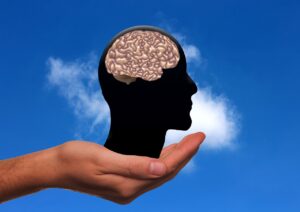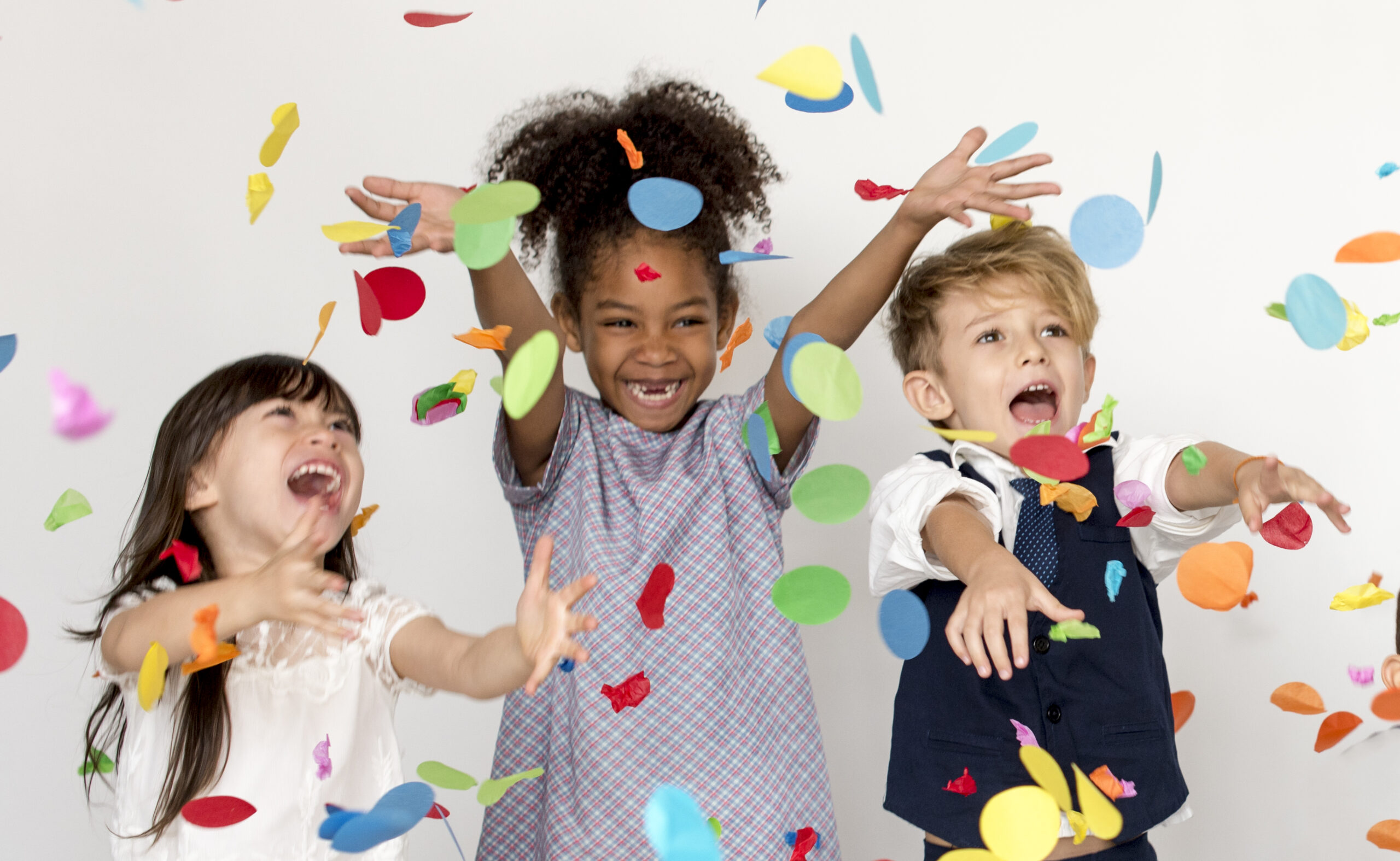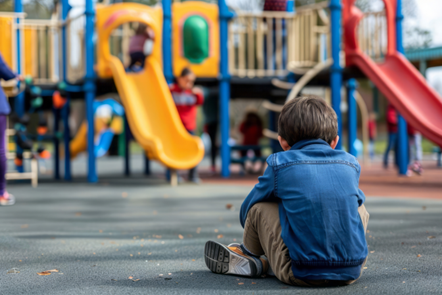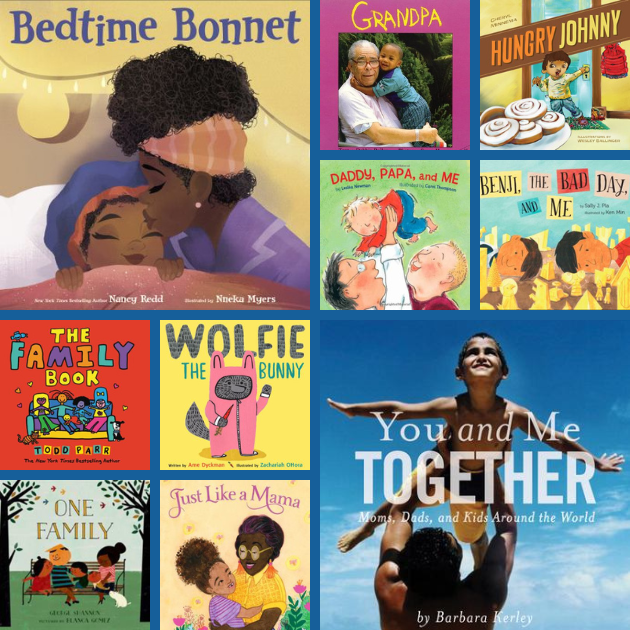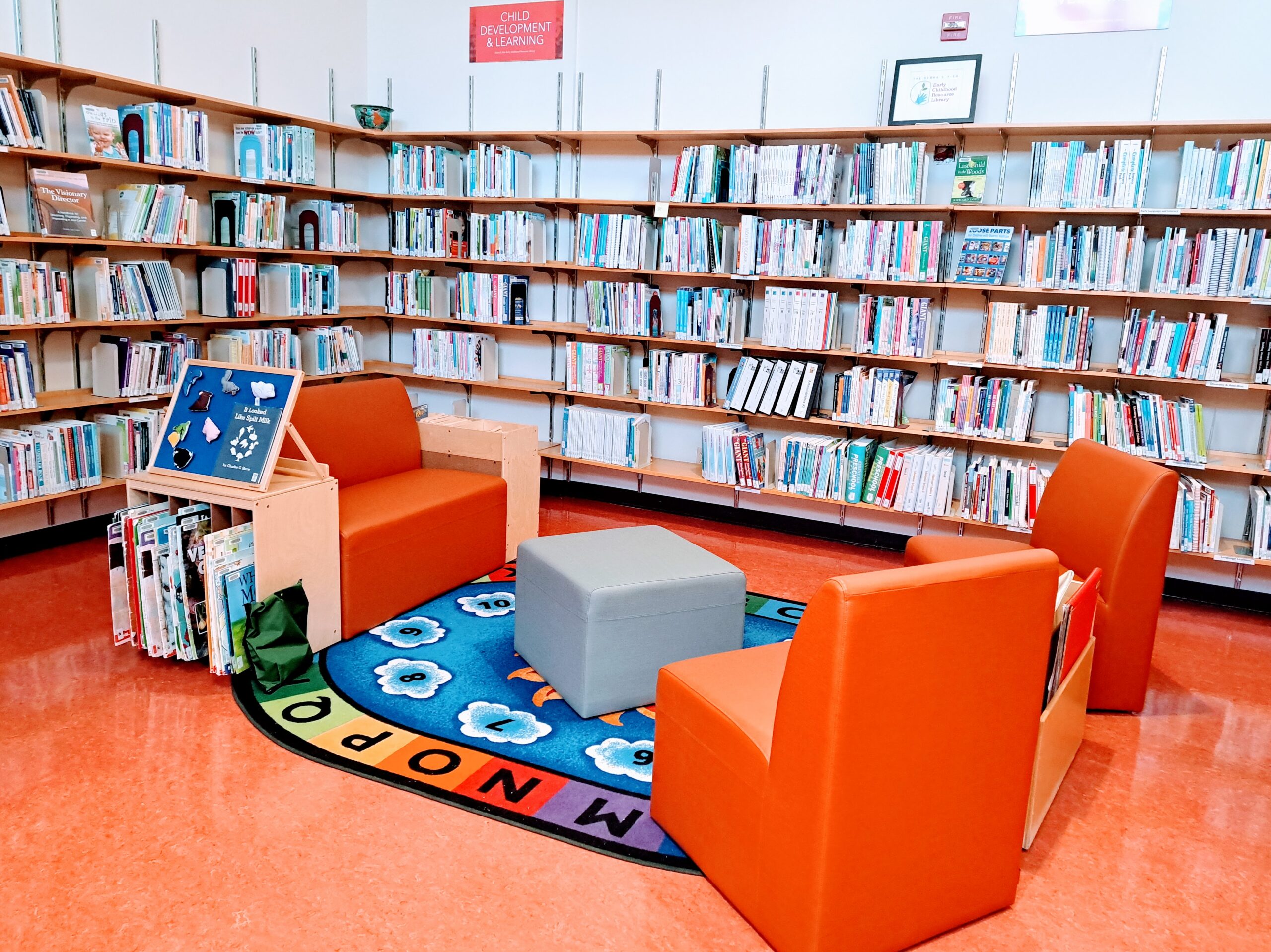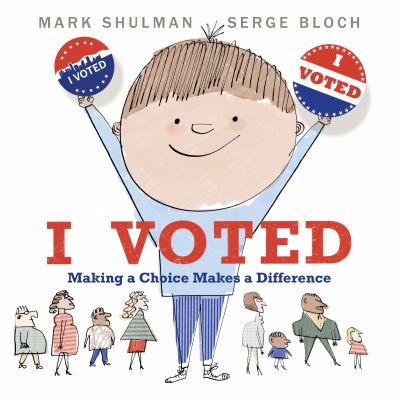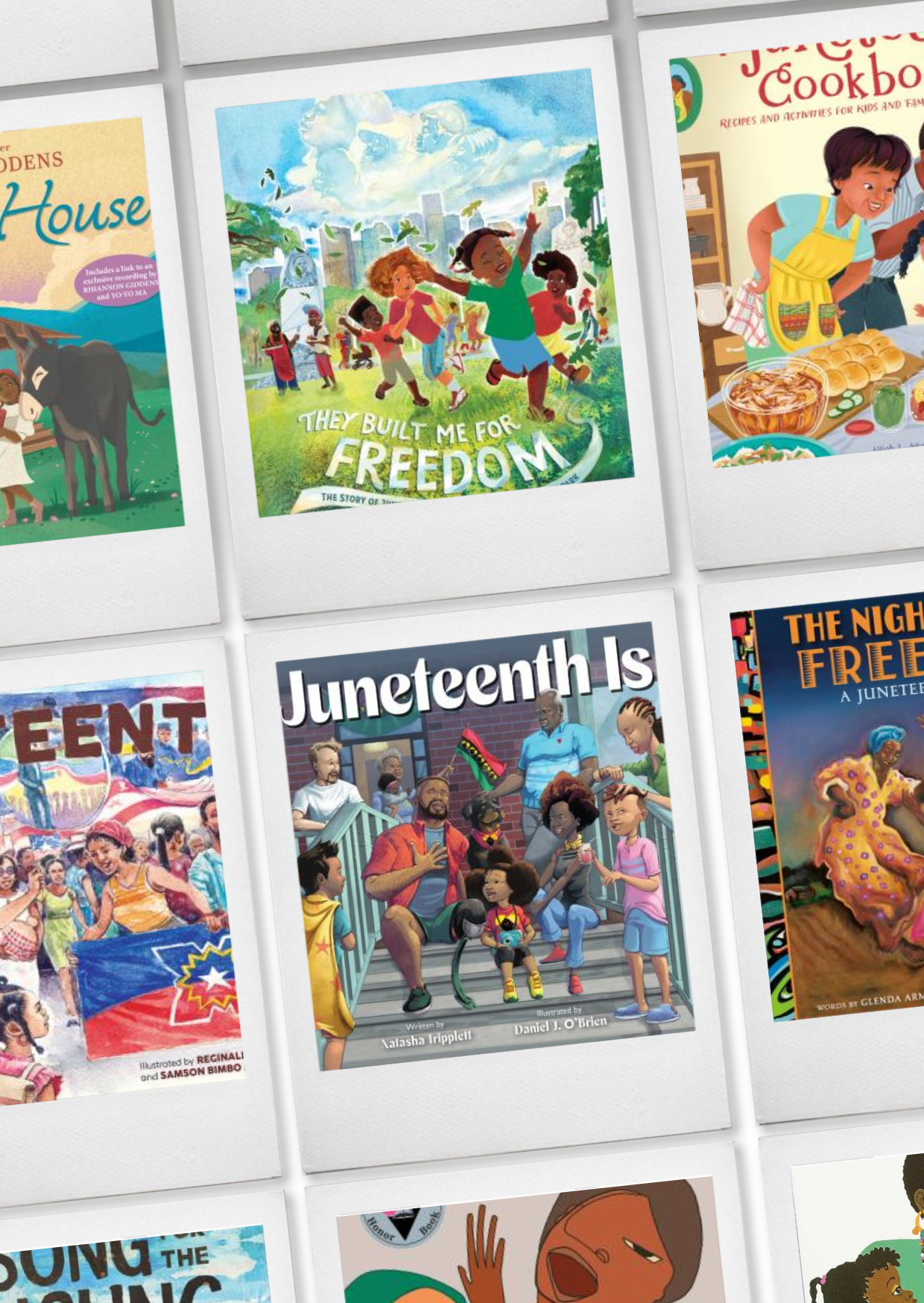90% of brain development occurs by age 5.80% of the brain is developed by age 3.
These eye-catching statements sound impressive but can be confusing and misleading. Learning certainly continues after age five, and the window for development doesn’t close at Kindergarten. However, we know that interactions in the first few years of life are important to a child’s future. A parent’s relationship with their young child shapes the healthy development of their brain and body. But what is the role of brain development? And how can caregivers support children 0-3 to have a great start?Why does so much brain development occur before age 3?Babies are born with much to learn. They have to figure out simple tasks like how move their bodies and focus their eyes on objects and people. They need to learn how to communicate needs and express emotions. As they enter a world full of new stimuli, their brains develop to help them navigate their surroundings. There is much to learn in the first few years, which is why it is a period of rapid growth.Where does the development occur?The cerebral cortex is the part of the brain responsible for feelings, memories, thoughts, and voluntary actions. While a baby is born with all necessary neurons in the cerebral cortex, it is the connections between the neurons that lead to the production of synapses. Throughout life we continue to produce and prune synapses, but from age 0-3 is a time of enormous brain activity when the amount of synapses created is incredible, up to 700 new neural connections every second.For more detailed information on brain development in young children, visit the Center on the Developing Child at Harvard University.How can parents and caregivers support brain development in the earliest years?Responsive caregiving lays the foundation for all other types of learning a young child will do. Meeting the baby’s needs and comforting her when she’s upset will create an ideal environment for positive development.The first three years are also an important time to incorporate language interactions. Singing, talking, and reading with a child are effective ways to encourage brain connections.Parents and child care providers can play important roles in supporting a young child’s development. And when they work together as partners, the impact can be even greater.Are there Minnesota resources about infant and toddler brain development?Yes! The Debra S. Fish Early Childhood Library contains many book and video resources about brain development. A couple examples:(2009). The wonder year: first year development & shaping the brain [videorecording]. Newcastle upon Tyne: Siren Film & Video.Connell, Gill. (2014). A moving child is a learning child: how the body teaches the brain to think (birth to age 7). Minneapolis: Free Spirit.Here’s an entire bibliography of brain development resources. Materials can be checked out at Think Small and through your local library. A current library card is all that is required. More details here.Redleaf Press has resources about brain development including Social & Emotional Development: Connecting Science and Practice in Early Childhood and Brain Insights, which are also available in Spanish.This post from Help Me Grow reminds us how simple activities and connections are effective in supporting brain growth.Understanding the importance of early brain development is a crucial piece of the early childhood development picture. Learning begins before Kindergarten, and caregivers can support children in multiple ways to have a successful start in life.This month marks one year since the start of the Think Small blog. To celebrate, we’re using January to highlight information and initiatives from Think Small and our partners about infants and toddlers and their caregivers in Minnesota. This post is part of our series on children 0-3.
